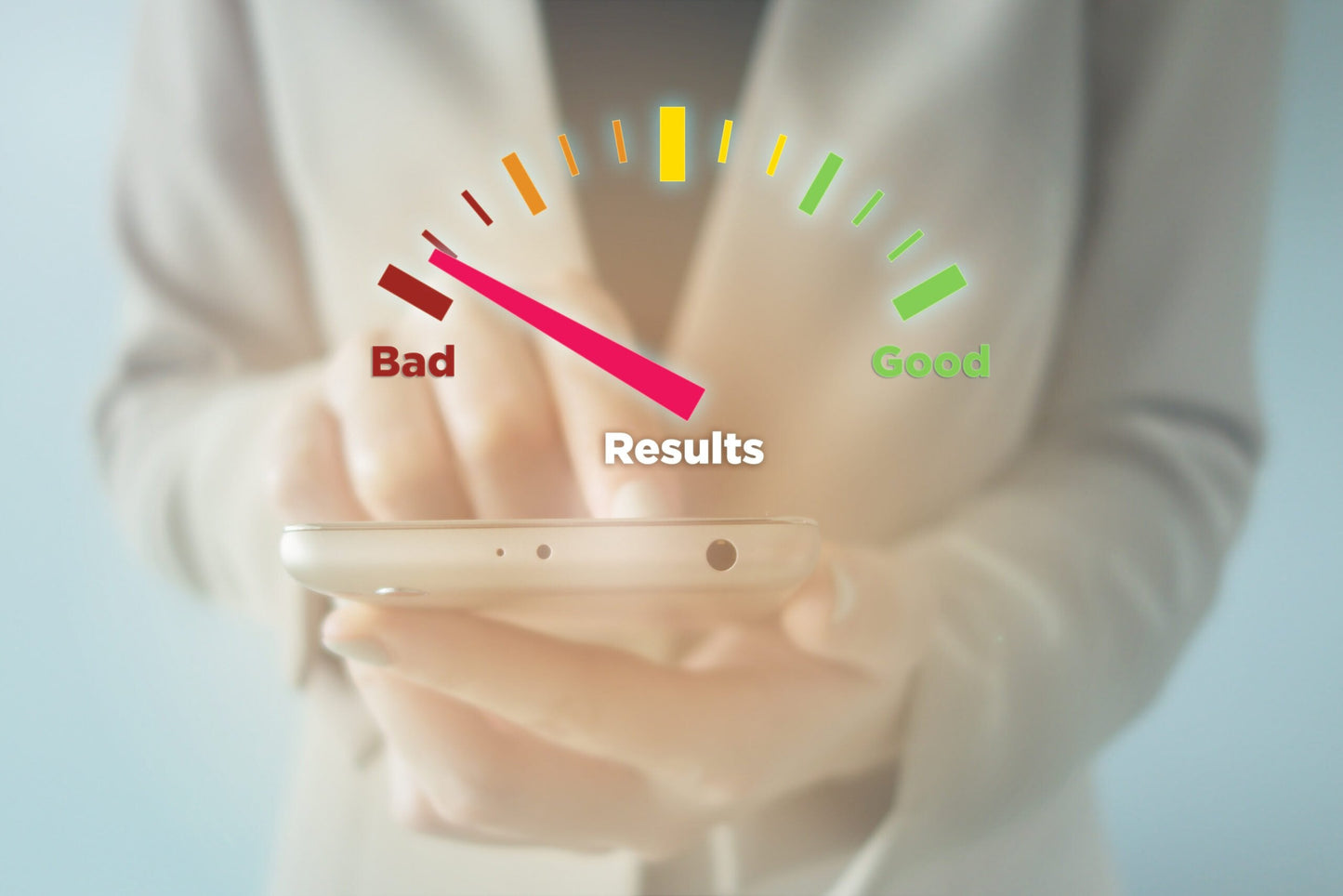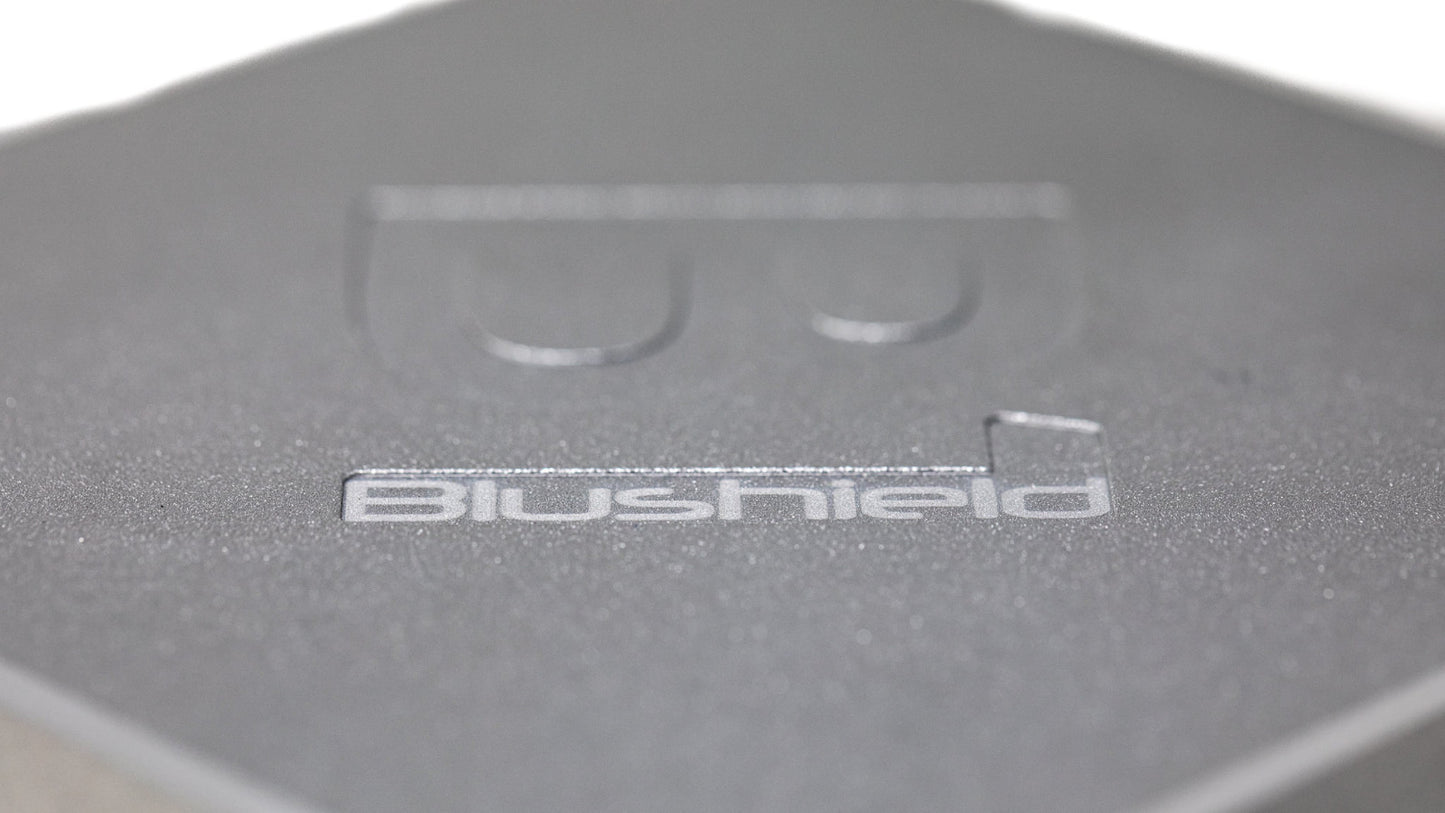
Independent testing on popular cell phones shows radiation exceeds government safety limits
Recently, on August 21st, 2019, the Chicago Tribune revealed that in the past year, they hired a reputable, FCC-recognized lab to test 11 popular cell phones for radiofrequency radiation. They used the same tests that the cell phone companies themselves use to test their phones to gain FCC approval. The results of these independent tests will raise many eyebrows: several of the phones tested considerably higher than the government safety limits they claim to be compliant with.The Federal Communications Commission (FCC) is responsible for ensuring that all new phones to hit the market are thoroughly tested to ensure they will expose a cell phone user to less radiation than the federal safety limit. This safety limit is called the Specific Absorption Rate (SAR), and measures the amount of radiation absorbed by the body from a certain distance away (usually 5 to 15 millimeters), at the highest radiation output the phone would emit. The current safety limit, which was established over 20 years ago, is 1.6 watts per kilogram, averaged over one gram of tissue. For a phone to be granted approval by the FCC to be sold on the market, they state that the device “will never exceed” this radiation safety limit.
RF Exposure Lab in San Marcos, California is an accredited testing lab recognized by the FCC. For 15 years, they have been conducting tests for wireless companies seeking FCC approval for new products. Lab owner Jay Moulton says that all of the tests they did for the Chicago Tribune were in accordance with FCC rules and guidelines. Moulton certainly did not expect the results he found.
On the initial tests, where the phone was placed the same distance from simulated bodily fluid as the manufacturer’s tests, 4 of the 11 phones tested well over the safety limits. Of special note is the Apple iPhone 7, one of the most popular cell phones ever sold. It tested considerably over the safety limit, and at about twice the level as Apple advertises. Even more telling is the results of the second test the lab did, at an even closer distance (2 millimeters) that mimics the distance of the phone from the body when carried in a pocket, which most people do these days. This closer proximity test raised the radiation exposure of most of the phones to 2-5 times above the safety limit!
How were the tests performed?
The Chicago Tribune-sponsored testing represents one of the most comprehensive independent investigations of its kind. Sam Roe, the investigative journalist involved in this project and the reporter of the findings, won a Pulitzer Prize in 2008 for superb investigative journalism, and was a Pulitzer finalist on four other occasions.The phones tested included four Apple iPhone models, three Samsung Galaxy models, three Moto phones from Motorola and a Vivo from BLU, all purchased new for the sole purpose of the testing. Multiple iPhone 7’s were tested, because the initial results were so high that they wanted to double check, just in case the first one was a defective phone.
Before testing, Moulton reviewed the exact testing data and variables each company had used with their initial compliance tests, which is publicly available on the FCC website, and mimicked exactly the original test conditions for each phone model. This means which licensed band, frequency and channel was tested for each phone. Then, each phone was placed under a tub of specially formulated liquid designed to replicate human body tissue. A nearby base station simulator was used to place a call to the phone, then the settings were adjusted until the phone was operating at its full power. A robotic arm would then move the phone to different positions in the liquid, all within 5-15 millimeters from the surface (or 2 millimeters for the second test), and a probe would take 276 separate measurements of the liquid to determine the radiation absorbed, which then determined the SAR rate for that phone.
This is exactly how all new phone models are tested for approval by the FCC. “We’re not doing anything extraordinary or different here,” Moulton said. Any qualified lab "should be able to grab a phone off the shelf and test it to see if it meets requirements.”
Cell phone companies don't like the results

The 100-page laboratory report on the test results was sent to Apple, Samsung, Motorola, BLU, and the FCC. Apple disputed the findings, claiming the tests weren’t done in a way that could properly assess iPhones, but when asked, would not say exactly what was wrong with the methods, nor how they measure their own phones for RF radiation. Still, in response to their findings, the lab decided to retest the iPhones (including an additional one) with slightly altered conditions, with the intention of making sure that the phone’s built-in proximity sensors are activated, which supposedly reduce power while in contact with human tissue. For some reason, for most of the iPhones (including the iPhone 7), the SAR came back with even higher results from this modified test!
Apple then stated that they personally reviewed and validated all the phone models in the Tribune test, although they did not explain exactly what they meant by the term, “careful review and subsequent validation.”
The issue with the Samsung tests is that all of the compliance tests done were at 10-15mm from the body, a measurement distance that is within FCC test procedure guidelines, but further away than the exposure distance from the head and in the pocket by actual users. When measured at a closer distance that’s more realistic to common usage, their phone models far exceed the SAR safe level. Samsung would not comment on individual phone test results, and just stated that their devices sold in the United States “comply with FCC regulations.”
Motorola disputed the extra high results of their Moto e5 Play, stating that the tests must not have triggered the proximity sensor. This raised the question in Moulton’s mind that the Motorola sensors may not be consistent in their functioning, potentially exposing users to much higher levels of radiation, due to unpredictable sensor functioning. Motorola states that since their power management techniques are highly confidential, the Tribune’s independent lab did not have access to the right information to produce accurate results on their phones.
However, rules set by the FCC require that radiofrequency radiation testing be done “in a manner that permits independent assessment.” Withholding information that could affect independent test results is not allowed.
Motorola followed up later, saying it retested its phones at a lab of its choosing, and they were found to be within appropriate limits. When asked, they declined to share how they test their phones, and would not share their lab reports.
The FCC could barely be bothered to comment on the test results, simply saying they would examine some of the phone models in the investigation.
What's wrong with current government radiation standards
The current FCC regulations for the SAR rate were established in 1996, and have not been modified since, even in the face of new cell phone technology and new ways that people use their cell phones. The maximum distance that a phone could be tested at to achieve compliance was up to 25 millimeters, which is much further from the body than where today’s phone users keep their phones. The 25mm distance was set because in the ‘90s, people often carried their flip phones on belt clips, which were about an inch away from their body. No one uses belt clips anymore, and most often, the phone is carried in a regular pocket, which is generally only 2mm away from body tissue! Guidelines have not been updated to reflect changing habits of users, nor have users been adequately warned of the potential harm of keeping their phone that close.In 2012, the Government Accountability Office (Congress’ research arm) suggested that the FCC reassess exposure limits and testing requirements, because the phones weren’t measured while against the body. The FCC took seven years to come to its conclusion, which is that the current safety limits are still adequate and no change is necessary.
Another concern with the current regulations is that they do not factor in vulnerable populations: children, teenagers and pregnant women. According to a 2019 report, 29% of U.S. teens sleep with their cell phone in bed with them! The SAR safety limit was set with a very large man’s head and body as the basis (they used Army personnel). Children have smaller heads and thinner skulls, and the developing brain is highly vulnerable to non-ionizing radiation, which many studies have demonstrated by now.
There is also no consideration for long-term exposure. Regulations are set based on immediate effects, with no thought for the many decades of consistent cell phone and other non-ionizing radiation exposure that most modern people, especially young people, will experience in their lifetimes.
Lastly and most importantly, the SAR safety standards are based on the (proven erroneous) assumption that the thermal effect that phones have, which is what the SAR tests measure, is the only way that cell phones can cause harm. There are several other proven mechanisms by which radiofrequency radiation causes more harm than from the thermal effect alone!
How can we protect ourselves?
It is clear that cell phone companies and the FCC don’t have our health and best interests in mind, so we are left to our own choices to protect ourselves. Most people are not going to give up their cell phones entirely, but there are things you can do to significantly reduce your exposure.First of all, never carry your cell phone in your pocket (unless it’s set to airplane mode), never sleep with your cell phone near you (or on), and never hold your phone up to your head when you talk. It’s better to use speaker phone or an AirTube headset to make calls. Limit your children’s cell phone exposure, and be cautious during pregnancy and around babies.
To protect your body from any remaining radiation exposure (there will be some), use your phone in your home or office that’s equipped with a Blushield Plugin or Cube, in your car with the Blushield Auto, or at least carry your Portable model in your pocket whenever you are using your phone.
References:
Chicago Tribune: “We tested popular cellphones for radiofrequency radiation. Now the FCC is investigating.” – https://www.chicagotribune.com/investigations/ct-cell-phone-radiation-testing-20190821-72qgu4nzlfda5kyuhteiieh4da-story.htmlChicago Tribune: “Testing cellphones for radiofrequency radiation: how we did it” – https://www.chicagotribune.com/investigations/ct-cell-phone-radiation-testing-methodology--20190821-whddrljk6fbmxoqh25u5t7lkb4-story.html
Electromagnetic Radiation Safety: “What’s Wrong with Cell Phone Radiation Exposure Limits?” – https://www.saferemr.com/2017/09/whats-wrong-with-cell-phone-radiation.html

